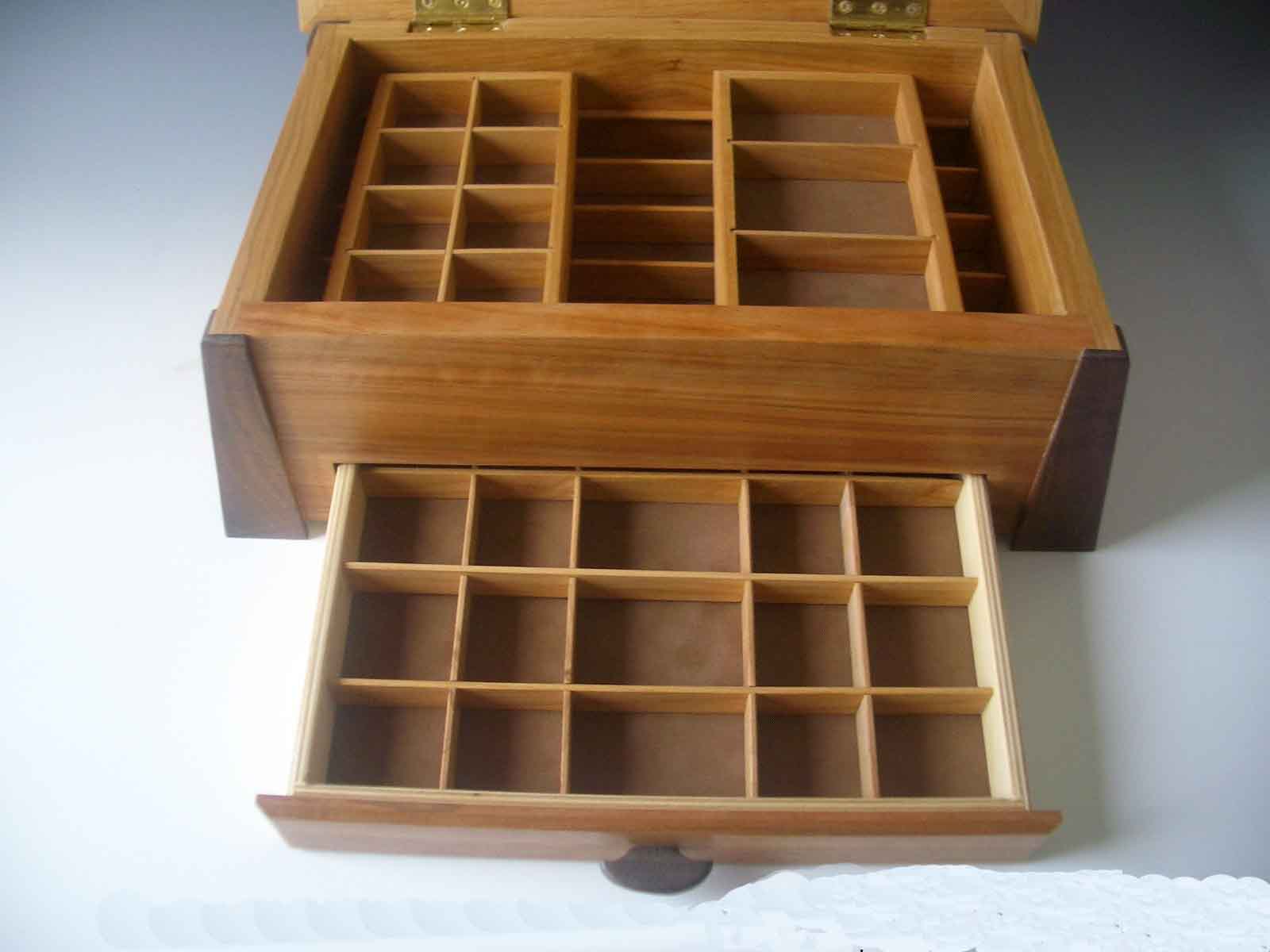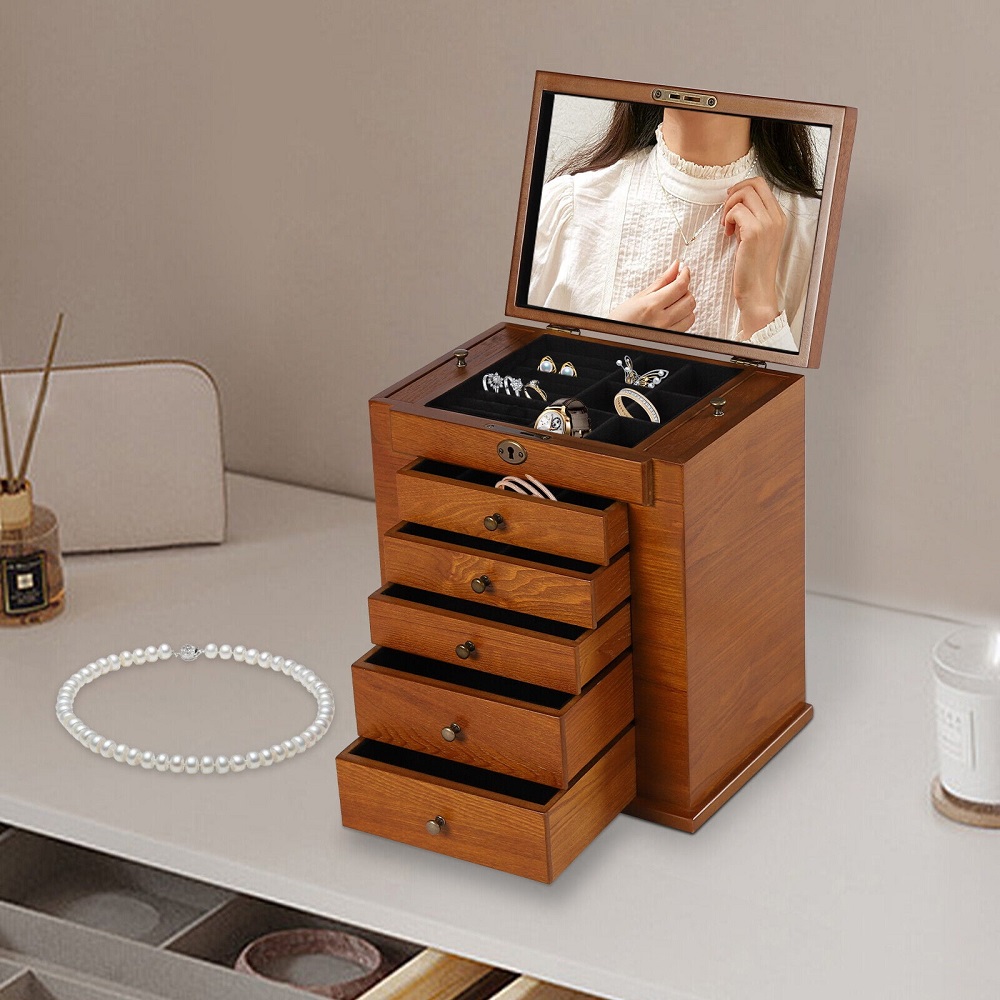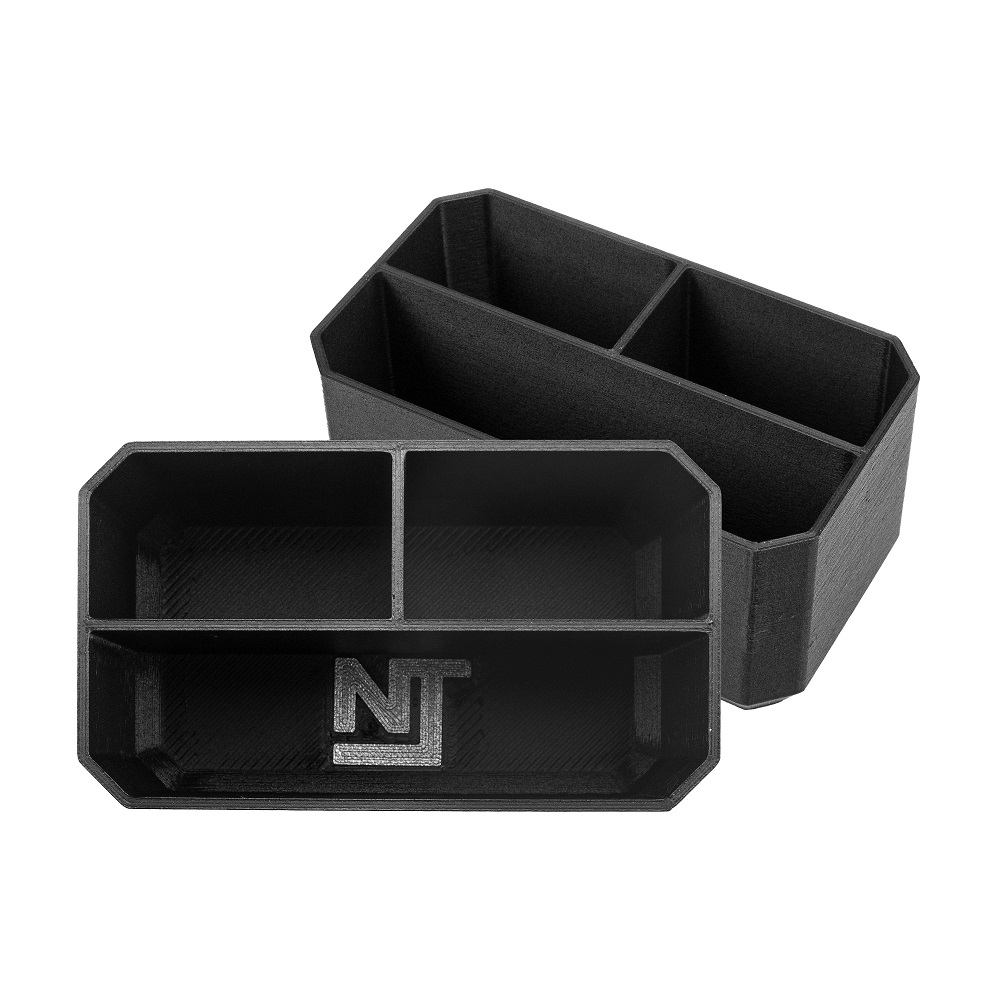In the realm of artisanal creations, few objects embody grace and timelessness as perfectly as a meticulously handcrafted solid wood jewelry box. More than a mere receptacle for trinkets and treasures, it stands as a testament to the union of nature’s beauty and human ingenuity. This narrative delves into the intricate process and profound philosophy behind crafting such an heirloom, exploring not just the techniques involved but also the soulful journey from raw lumber to a cherished possession.
The Selection of Timber: A Quest for Perfection
At the heart of every exquisite wood jewelry box lies the careful selection of timber. Artisans embark on a quest for wood that whispers stories of resilience and character, often favoring species like mahogany, walnut, or cherry for their rich hues, tight grains, and enduring strength. Each plank is meticulously inspected for knots, burls, and unique grain patterns that will lend individuality to the final piece. This choice is not merely aesthetic; it’s a silent pact between craftsman and material, promising to honor the life of the tree through artistry.

Preparing the Wood: Honoring the Raw
Before the first cut, the wood undergoes a purification ritual of sorts. It is carefully seasoned, allowing it to acclimate to its new environment and shed excess moisture—a process that can take months or even years. This patience ensures the wood will not warp or crack over time, preserving the integrity of the jewelry box for generations to come. The surface is then painstakingly smoothed, revealing the wood’s innate warmth and texture, readying it for the transformation that awaits.
Designing the Blueprint: Sketching Dreams into Reality
In this phase, the artisan’s vision takes shape. Sketches are drawn, re-drawn, and refined until the perfect balance of form and function emerges. The design process marries traditional aesthetics with modern sensibilities, ensuring the box complements both vintage jewels and contemporary pieces. Considerations such as compartment layout, lid design, and hinge placement are meticulously planned, with each decision aimed at enhancing the user’s experience and celebrating the craftsmanship within.
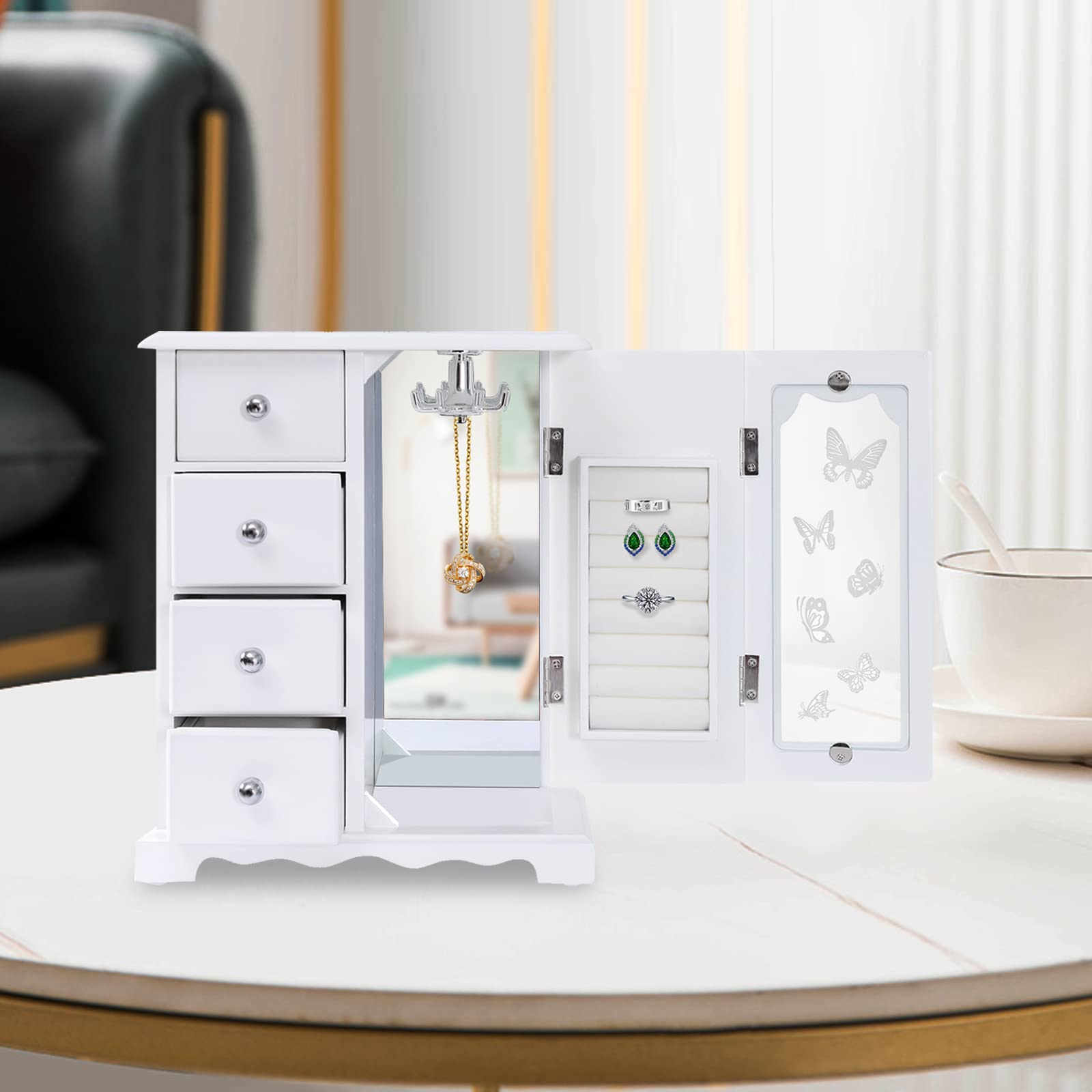
Carving & Joinery: Where Skill Meets Spirit
With blueprint in hand, the artisan embarks on the most tactile part of the journey—carving and joinery. Using chisels, saws, and planes, they coax the wood into curves and angles, infusing each cut with a sense of purpose. Traditional joinery techniques like dovetails and mortise-and-tenon not only add structural strength but also serve as a testament to the craftsmen’s skill, creating a bond between parts that is as much physical as it is spiritual. Every joint is a symbol of permanence, a pledge to endure.
Sanding & Finishing: Revealing the Soul
Once the structure is complete, the box undergoes rigorous sanding, gradually transitioning from rough to velvety smoothness. This process reveals the wood’s true character, exposing its natural luminosity. The final finish, whether it be a natural oil, wax, or lacquer, is applied with precision, enhancing the wood’s hue and depth while protecting it from the passage of time. This step requires a delicate touch, as the wrong finish can mask the wood’s beauty. It’s a dance between enhancement and preservation, where the artisan’s intuition guides the way.
The Lid’s Secret: A Window to the Past
A special mention deserves the jewelry box’s lid, often adorned with a glass panel, intricate carvings, or a personalized engraving. This element not only adds visual appeal but also serves as a metaphorical window into the box’s contents and the memories they hold. It invites the owner to pause, to reflect, and to appreciate the treasures within—a reminder of the beauty that lies beneath the surface of things.
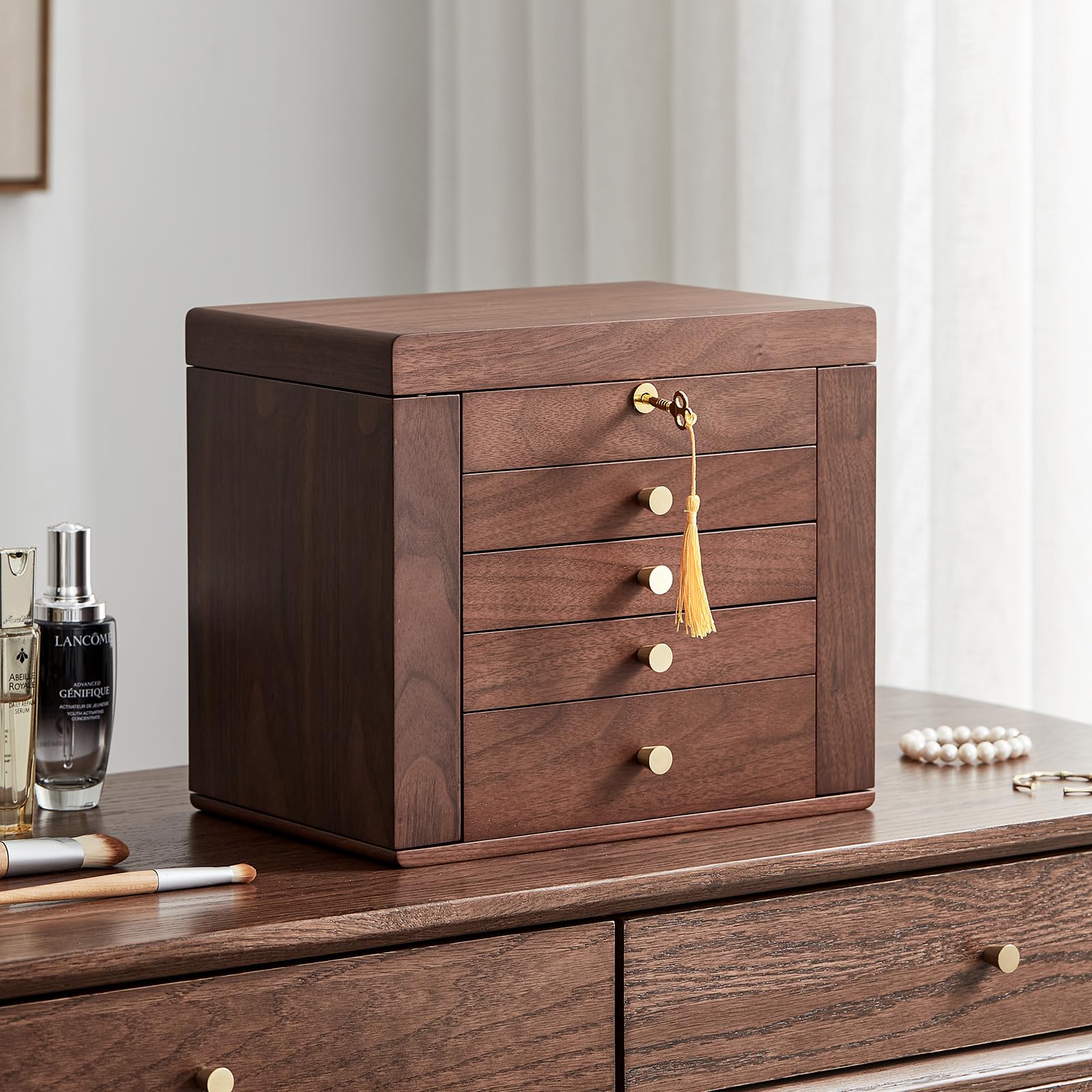
Embracing Imperfections: Celebrating the Organic
In the pursuit of Timeless Elegance, artisans embrace the concept of wabi-sabi, cherishing the imperfect and the organic. Knots, minor cracks, and variations in coloration are not seen as flaws but as markers of authenticity and the wood’s living history. These ‘imperfections’ imbue each box with a unique charm, making it a one-of-a-kind treasure that resonates with the wearer’s own story.
Crafting a Legacy: The Artisan’s Mark
In the realm of woodworking, the jewelry box becomes more than a receptacle for trinkets; it evolves into a tangible testament to craftsmanship and tradition. Each artisan leaves an indelible mark, a silent signature etched through their techniques and design choices. From selecting the timber to the final polish, every decision reflects a deep understanding of the materials and respect for ancestral wisdom.
The Symphony of Woods: A Blend of Textures and Tones
For those who seek a touch of the extraordinary, artisans often blend various woods, each with its unique grain pattern and hue, to create a harmonious yet dynamic composition. Walnut’s rich chocolate tones might intertwine with maple’s creamy lightness, while mahogany’s reddish depths contrast with the pale elegance of birch. This symphony of woods adds depth and visual intrigue, transforming the box into a miniature work of art that engages the senses.

The Handle’s Tale: A Touch of Functionality
An often-overlooked yet integral part of the jewelry box is its handle. Whether it’s a sleek metal pull, a carved wooden knob, or an intricate inlay, the handle is the bridge between the owner and the box’s secrets. Its design must marry form and function seamlessly, ensuring both ease of use and aesthetic appeal. The perfect handle invites touch, hinting at the treasures concealed within and promising a tactile delight.
The Interior Landscape: A Haven for Delicacies
As important as the exterior, the jewelry box’s interior is meticulously crafted to cradle each piece with care. Compartments, trays, and hidden drawers are tailored to accommodate a range of jewelry, from dainty earrings to statement necklaces. The choice of lining—silk, velvet, or even hand-woven fabrics—enhances the sensory experience, providing a soft bed for precious belongings and further emphasizing the box’s luxurious nature.
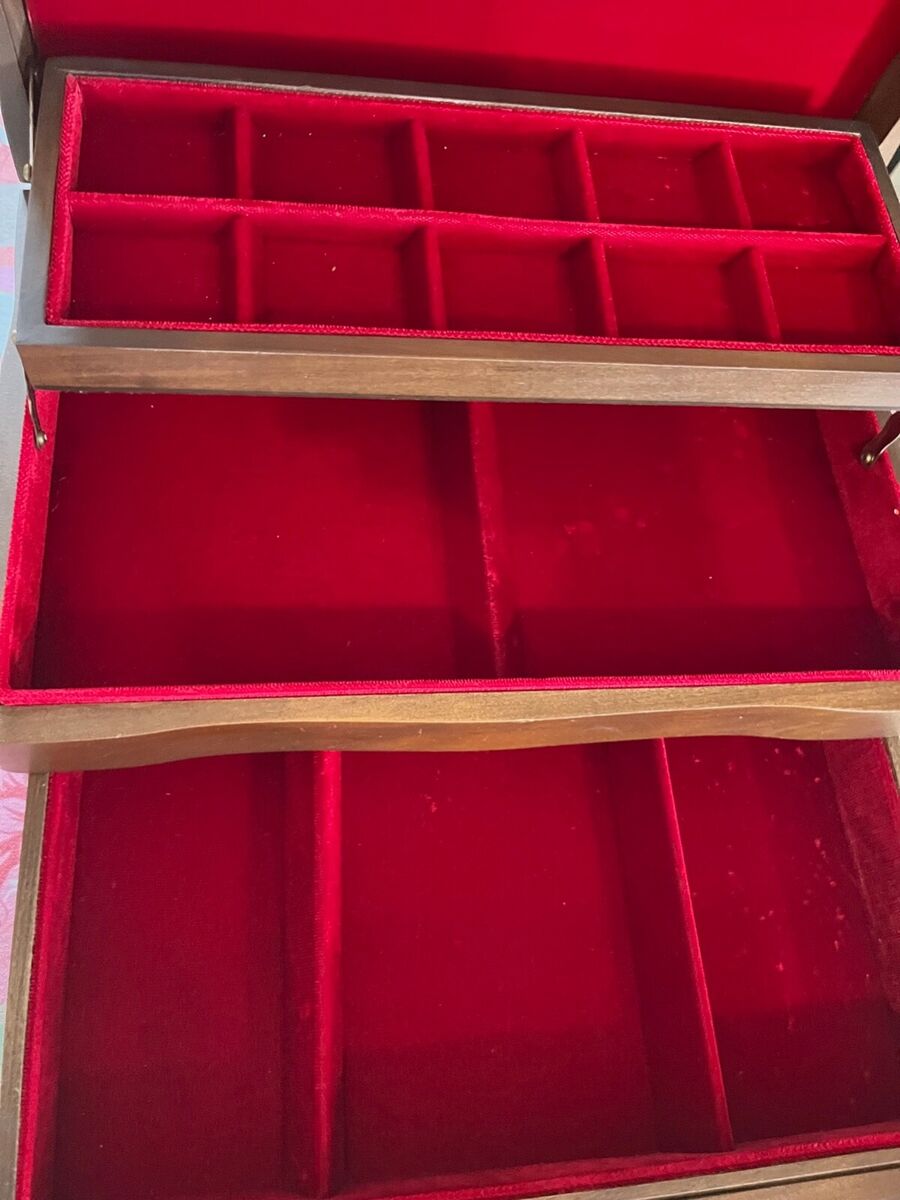
Conclusion: An Heirloom in the Making
Thus, the creation of a solid wood jewelry box is not merely an act of carpentry; it’s an ode to craftsmanship, a celebration of nature, and a promise to future generations. Each box encapsulates the essence of timeless elegance, becoming more than just a vessel for jewelry—it transforms into a family heirloom, a carrier of stories, and a bridge connecting past, present, and future. In an era of mass production, these handcrafted boxes stand as a testament to the enduring value of artistry and the human touch, proving that true beauty is indeed timeless.






